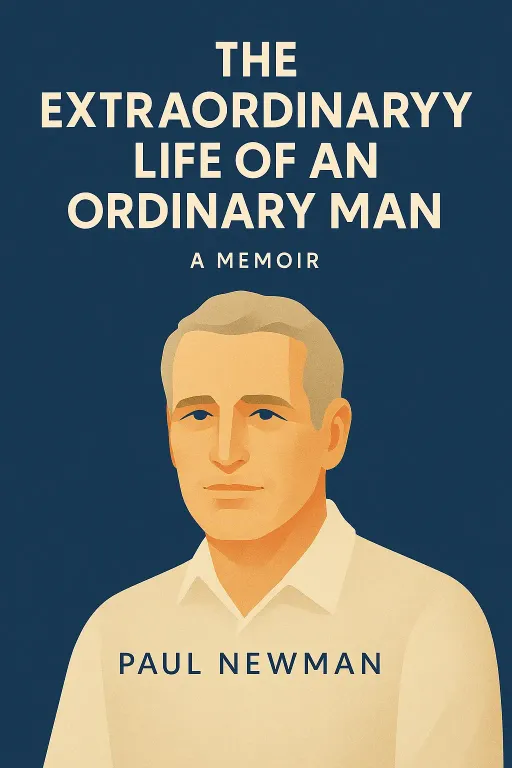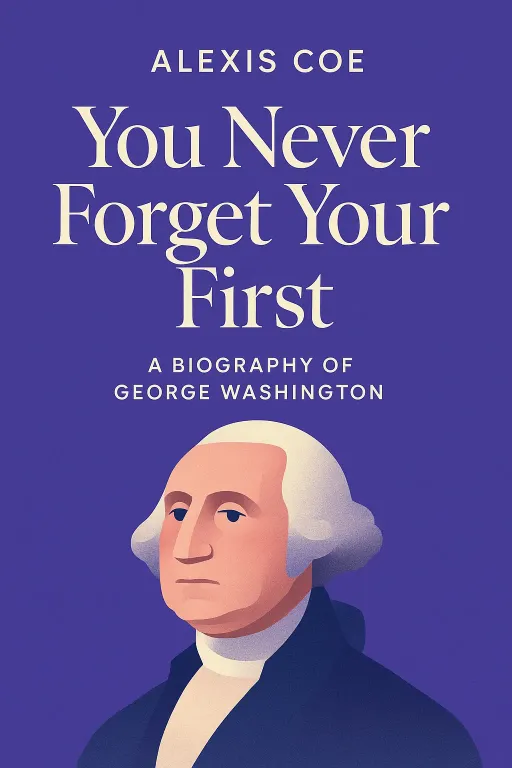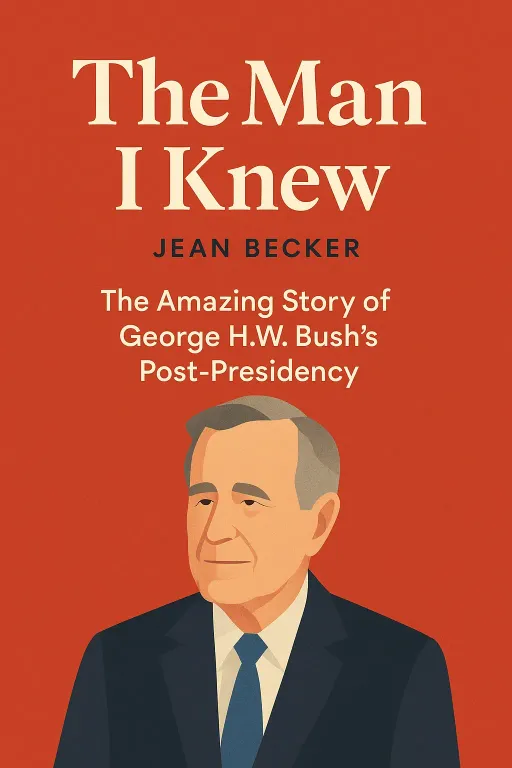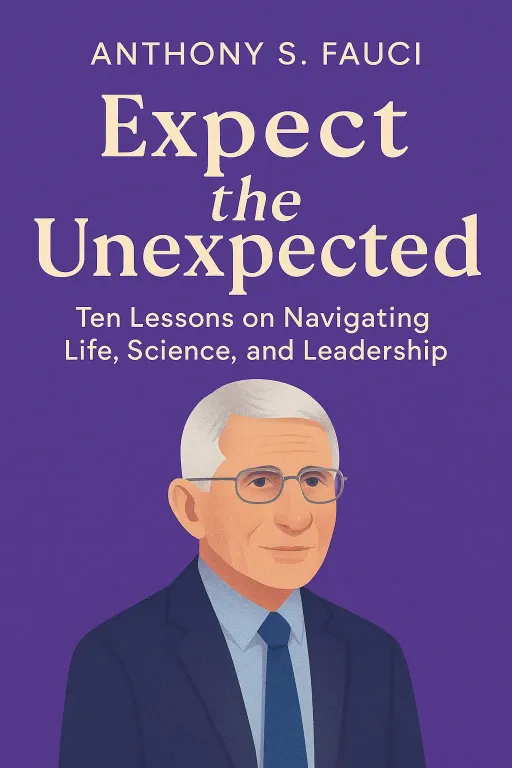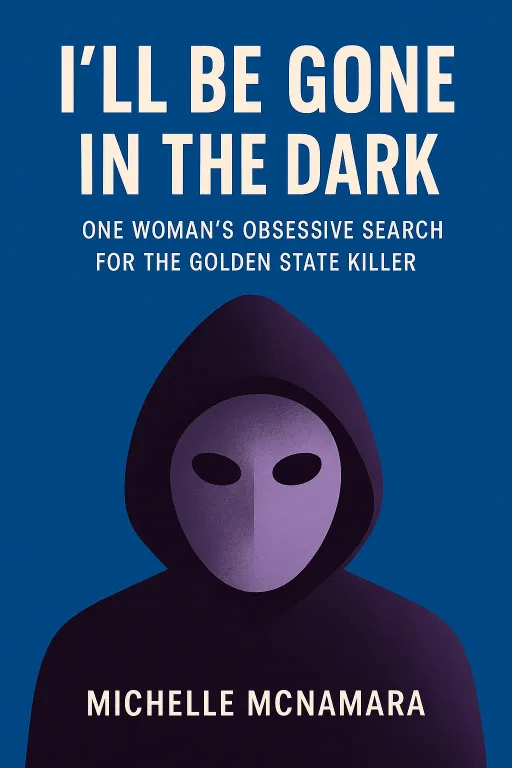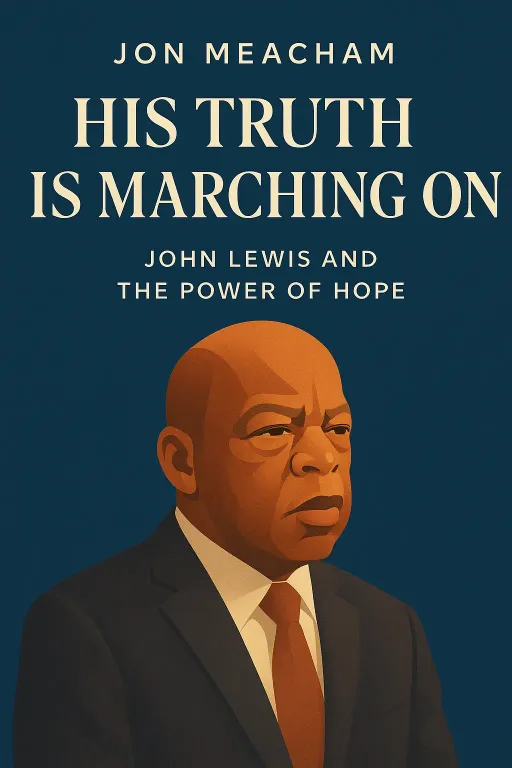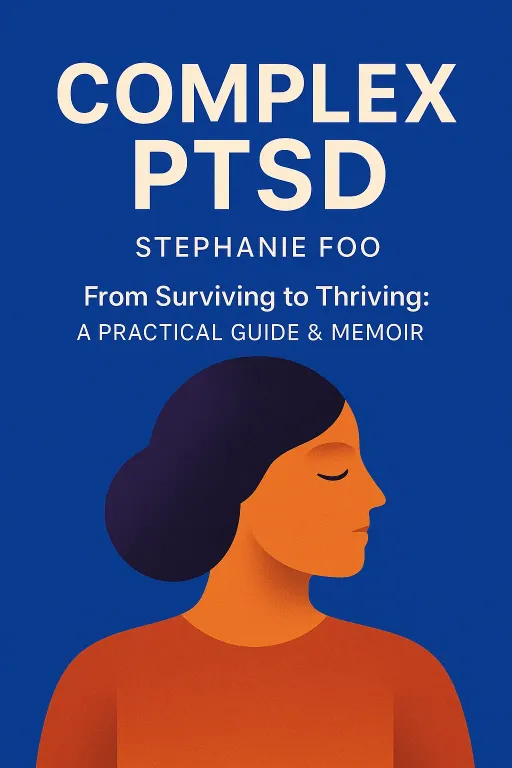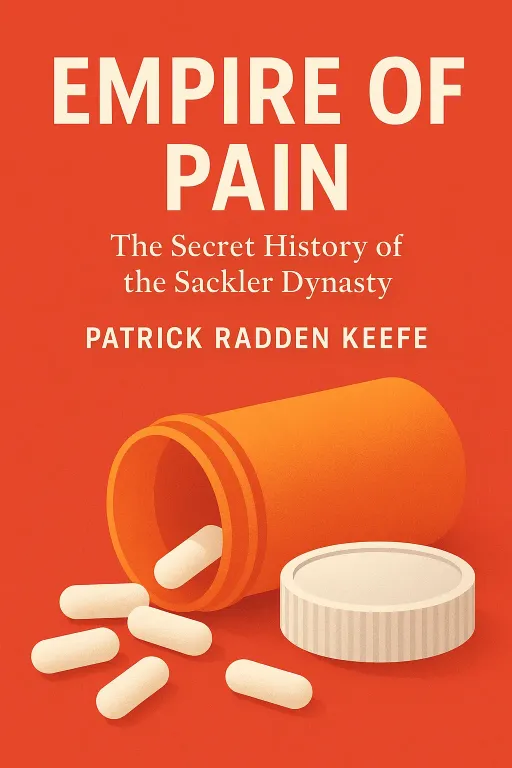
Marketing an Epidemic: A Marketer's Guide to the Sackler Dynasty
9 minGolden Hook & Introduction
SECTION
Nova: Ethan, as a marketing manager, you know the goal is to create a campaign that's a runaway success, a 'blizzard' of sales. But what if that blizzard buried a nation? The book we're diving into today, Patrick Radden Keefe's "Empire of Pain," is the story of a marketing campaign that did just that. It’s the story of the Sackler family and OxyContin.
Ethan : That's a powerful way to put it, Nova. It's something we talk about in marketing—disrupting a market, creating a movement. But the idea that the very tools we use could lead to such devastation is... well, it's sobering. It forces you to look at the ethics behind the strategy.
Nova: Exactly. And that's why this book is so essential, not just as true crime, but as one of the most consequential marketing case studies of our time. It's about the power of persuasion, for good and for ill. Today, we're going to tackle this from two powerful angles. First, we'll meet the marketing genius who wrote the playbook, Arthur Sackler, and see how he revolutionized an entire industry.
Ethan : The innovator. I'm interested in figures like that, people who see the world differently.
Nova: He certainly did. Then, we'll pivot to see how that same playbook was weaponized to launch OxyContin, creating a public health catastrophe and raising profound questions about the ethics of influence. So, let's start at the beginning, with the architect himself.
Deep Dive into Core Topic 1: The Architect of Desire
SECTION
Nova: Before the Sackler name was infamous, it was associated with Arthur Sackler, a figure who was equal parts doctor, businessman, and marketing visionary. Before him, pharmaceutical advertising was incredibly dry. We're talking dense, text-heavy ads in medical journals. Arthur saw this and thought, this is no way to sell.
Ethan : He saw an opportunity. The market was underserved from a communications perspective.
Nova: Precisely. And his big break came with drugs like Valium. The company, Roche, had this new minor tranquilizer, but they needed a way to sell it. Arthur's agency, McAdams, didn't just market the pill; they marketed a condition. They coined the term "psychic tension."
Ethan : Wow. "Psychic tension." That's not a medical diagnosis, is it? That's a lifestyle problem. It's relatable. It's what we'd now call an insight. He's not selling a chemical; he's selling relief from the stresses of modern life.
Nova: You've got it. The ads were revolutionary. They featured images of frazzled housewives, stressed-out students, and anxious career women. The message was clear: life is hard, and this little pill can help. The Rolling Stones even wrote a song about it, "Mother's Little Helper," which was a direct nod to the campaign.
Ethan : That's the holy grail of marketing, isn't it? To become so ingrained in the culture that you're referenced in a rock song. But it's also where it gets tricky. He's medicalizing a common human experience—anxiety—and positioning a product as the only solution.
Nova: And he defended it as "education." He argued he was simply informing doctors about a new tool. He did the same thing with an antibiotic called Terramycin for Pfizer. It was basically the same as other antibiotics on the market, but he launched this massive campaign that wasn't just about the drug, it was about branding as a leader in innovation. He sent an army of sales reps, or "detail men," to doctors' offices. Sales exploded.
Ethan : So he's using two core tactics we still use today. First, content marketing, framing sales as "education." And second, building a powerful corporate brand to create a halo effect for all its products. You don't just trust the pill; you trust the company that makes it. It’s brilliant.
Nova: It was. He also built his own personal brand. The Sackler name became synonymous with philanthropy. He donated millions to museums like the Met and universities like Harvard. The name was everywhere, on galleries and wings.
Ethan : That's a masterclass in integrated marketing. The philanthropic brand lends credibility and a sense of moral authority to the business brand. It makes it harder to question their motives. You see the Sackler name on a museum, and you subconsciously think, "these are good people, they do good things."
Nova: It creates a powerful shield. But that shield, and that very marketing playbook, are what make the next chapter of this story so tragic. Because what happens when that playbook is handed down, and the primary goal is no longer just innovation, but profit at any cost?
Deep Dive into Core Topic 2: Weaponizing the Playbook
SECTION
Ethan : This is the pivot, isn't it? From the genius to the consequences.
Nova: It is. Fast forward to the 1990s. The family business, Purdue Pharma, run by Arthur's brothers and his nephew, Richard, has a problem. Their main money-maker, a morphine pill called MS Contin, is about to lose its patent. They're facing a "patent cliff," where cheap generics will flood the market and destroy their profits. They need a successor.
Ethan : A classic business problem. The need for a "sequel" to a blockbuster product.
Nova: And they find it in OxyContin. It's not a new drug, just a new delivery system for oxycodone, an opioid twice as potent as morphine. And Richard Sackler, the heir apparent, is determined to make it a billion-dollar drug. He tells his team at the launch party that the release of OxyContin will be followed by a "blizzard of prescriptions that will bury the competition."
Ethan : That language is so telling. "Bury the competition." It’s combative. It's not about serving patients; it's about market domination. That mindset, coming from leadership, sets the tone for everything that follows.
Nova: And the marketing campaign was built on a foundation of breathtakingly deceptive claims. The biggest one was about addiction. Sales reps were trained to tell doctors that the risk of addiction was "less than one percent."
Ethan : "Less than one percent." That's a hard number. It sounds scientific, definitive. Where did they get it?
Nova: That's the most shocking part. It came from a one-paragraph letter to the editor in the New England Journal of Medicine from 1980. It wasn't a peer-reviewed study. It was an anecdotal observation about patients in a hospital setting. But Purdue took that single, flimsy data point and amplified it into the cornerstone of their entire marketing strategy.
Ethan : That's a flagrant misuse of data. It's taking a footnote and presenting it as a headline. As a marketer, that's the cardinal sin. You have a responsibility to present data in context, honestly. They were deliberately creating a false sense of security for the "customer"—the doctor.
Nova: And they incentivized their sales force to push this narrative relentlessly. The book talks about a sales rep, Steven May, whose bonuses were tied directly to the volume of pills he sold. Higher doses meant a bigger bonus. He was trained to target general practitioners, not just pain specialists, and to urge them to "titrate up"—to keep increasing the dosage.
Ethan : That's a fatal flaw in leadership. You're creating a system where your employees' financial success is directly tied to putting patients at higher risk. It's a complete abdication of responsibility. The system is designed to produce this exact outcome. You can't then turn around and blame a few "rogue" sales reps. The problem is baked into the strategy from the top down.
Nova: And it worked. In its first year, OxyContin sold $44 million. Four years later, it was a billion-dollar-a-year drug. The blizzard of prescriptions had arrived. But with it came a blizzard of addiction and death, as people quickly discovered the pills could be crushed to release the full, potent dose at once.
Ethan : And the company's response was to blame the users. Richard Sackler is quoted in the book calling addicts "scum of the earth" and "victimizers." It's a complete refusal to see the role their own marketing and their own product design played in the crisis.
Synthesis & Takeaways
SECTION
Nova: So we have this incredible, and incredibly dark, arc. It starts with Arthur Sackler's marketing genius, which genuinely changed an industry and created a new way to communicate and sell. But it ends with his heirs taking that power and using it to knowingly market a dangerous product, all while wrapping themselves in the family's philanthropic brand.
Ethan : It's a story about the weaponization of marketing. It shows that the tools themselves—branding, data, sales incentives, content marketing—are neutral. It's the leadership, the ethics, and the behind them that determine whether they're used to build something valuable or something destructive. Arthur built an empire of influence. His heirs built an empire of pain.
Nova: It's a powerful lesson in corporate responsibility.
Ethan : Absolutely. As marketers, we have this immense power to shape perception and behavior. This story is a stark reminder of that. The question it leaves me with, and I think it's a question for any leader, not just in marketing, is this: how do we build a culture and a system of ethics in our own teams and companies that ensures we're using that power for good? It's not just about what's legal; it's about what's right. And that is a leadership challenge, first and foremost.
